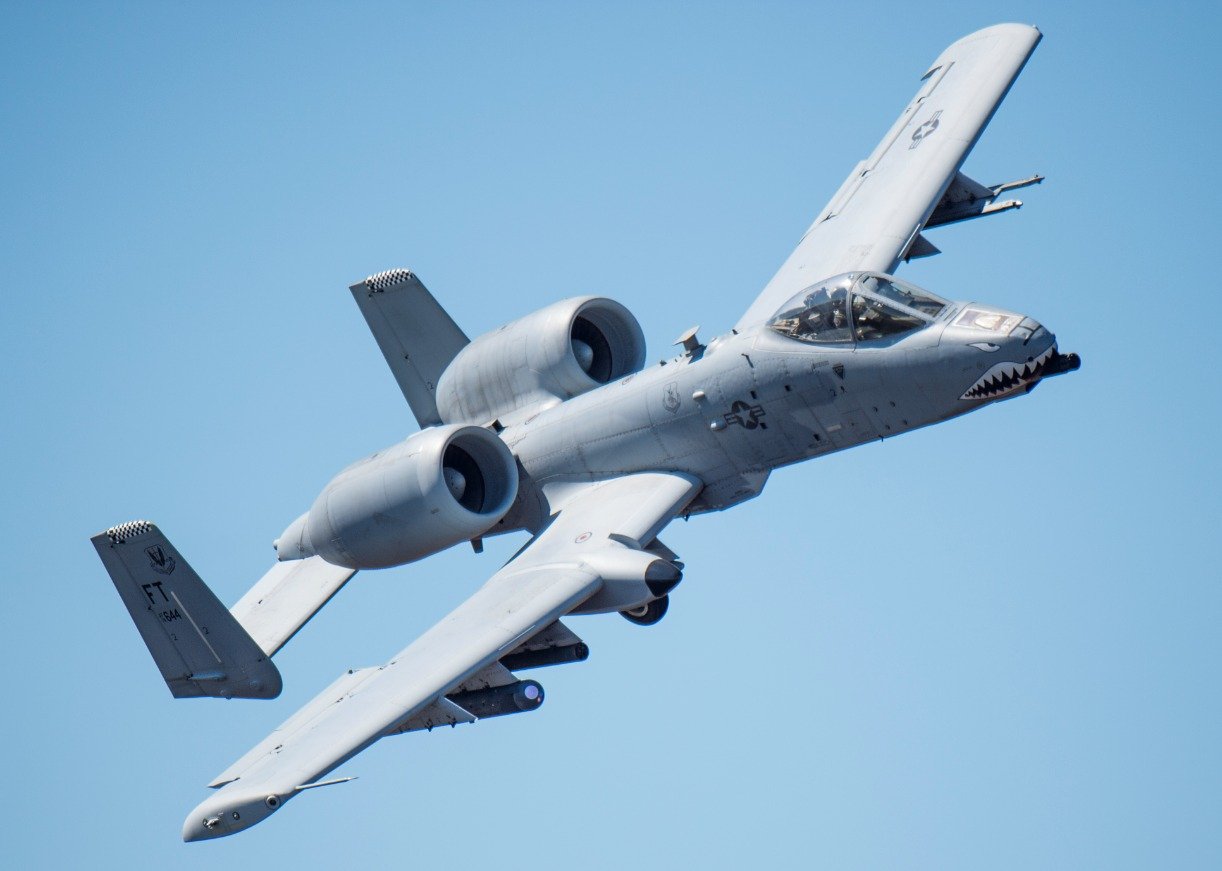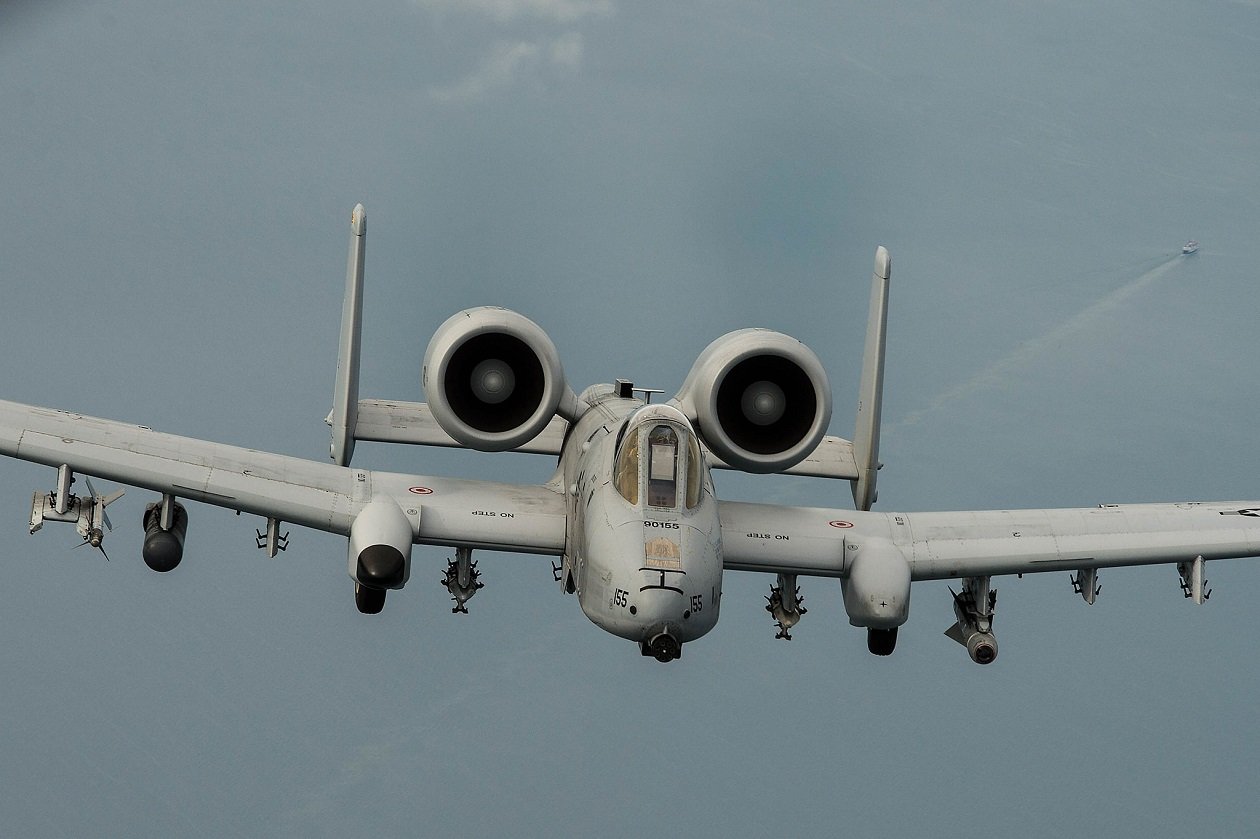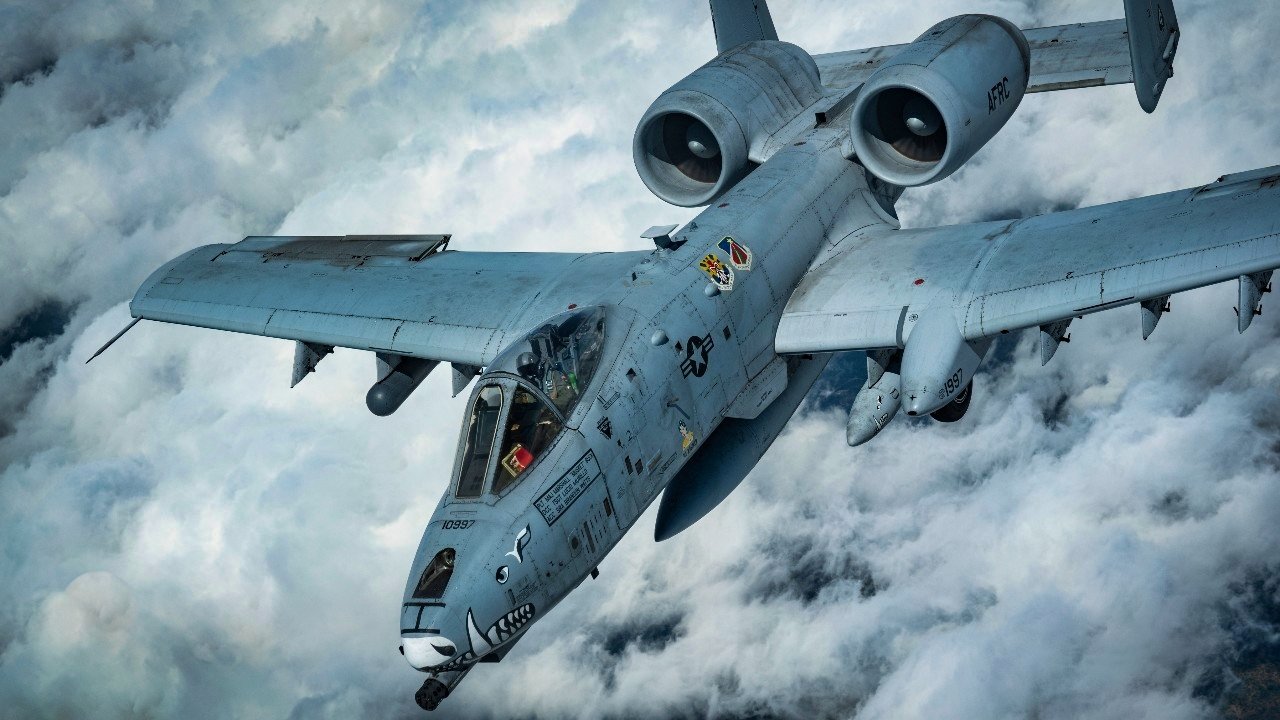What You Need to Know: The A-10 Warthog, a legendary U.S. Air Force aircraft praised for its effectiveness in close air support (CAS), faces continual retirement efforts despite its proven battlefield utility. Critics argue that the A-10 is outdated and vulnerable to modern air defenses, while supporters point to its unmatched ability to provide direct support to ground troops.

-Upgrading the A-10 to incorporate stealth is deemed impractical due to its design and mission.
-Instead, advocates propose developing a new CAS platform with advanced technologies such as hypersonic flight and directed-energy weapons, while retaining the iconic Gatling gun that defines the Warthog’s fearsome reputation.
The A-10 Debate: Stealth Isn’t Everything for America’s Close Air Support
The A-10 Warthog is one of the most popular warplanes in the United States Air Force’s arsenal. It is also a warplane that the Air Force has been striving to kill for years. Eventually, the Air Force will get its wish.
One of the reasons that the Air Force keeps trying to retire the plane, despite it having proven in multiple wars its usefulness, is because the Pentagon argues the plane is simply too old. Certainly, the bird is older than, say, the F-22A Raptor or the F-35 Lightning II. But the Air Force is currently flying the B-52 Stratofortress as a strategic bomber that has flown since the end of the Second World War.
And the Air Force plans to keep flying the B-52s until the middle of this century (meaning the plane will have served for a century!)
Clearly, age is merely a construct in the eyes of Air Force planners.
Yet, they continue making the argument that the A-10 is simply too old to maintain while speaking about the subject in public. One question from supporters of the A-10 has been to find out why the Air Force just doesn’t modernize these legendary warplanes.

The A-10 Can’t Be Stealthy
Well, as it turns out upgrading the A-10 into, say, a stealth plane is not possible from an engineering standpoint. And the Air Force remains obsessed with stealth (understandably so).
Still, the Air Force does not yet have a credible replacement for the A-10. Some argue that the A-10 is useless today because anti-aircraft systems have become so potent that they can easily negate the A-10’s tactical strengths. Namely, what makes the A-10 such an incredible machine is that it can sit above a battlefield—operating at very close ranges—and obliterate enemy troop formations with near-surgical precision, thanks largely to their iconic Gatling Gun.
The A-10 is able to operate in extremely danger-close environments that any other warbird would have difficulty fighting in (especially considering that friendly troops would be operating so near to the targeted enemy formations).
Whatever technologically advanced platforms the Air Force has deployed since the A-10 entered service, no matter how many long-range weapons the Air Force may employ today, the fact remains that the A-10 was vital for protecting US and allied ground forces in all the major wars of the last 30 years.
From Desert Storm to the War in Afghanistan to the Iraq War. It was the A-10 that most allied ground forces credit with having saved their rear-ends in close firefights on the ground with enemy forces.
So, the A-10 haters chortle when they hear the A-10 supporters call for modernizing the A-10 by converting these units into stealth platforms. And the haters, in this case, are correct. The A-10 cannot be remade into a stealth platform.
Basically, one of the most important aspects toward making a warplane stealthy is its shape and size, to say nothing of the materials used in its construction. The A-10 has none of these factors going for it. And remodeling these warbirds to have such features would basically be making a new plane out of an old one—which might end up being costlier than just developing an entirely new platform.
The A-10 Wasn’t Meant to Hide
Plus, the A-10 was never meant to be a bird that skulks about in the darkness of stealth. The Warthog, much like the animal it is named after, is big, slow, loud, and vicious. Spiritually, this bird wants you to know it’s there.
This bird is meant to be seen.
Seeing this flying cannon above your head not only means certain, grisly death for the enemy. It also spells fear in the minds and hearts of any other enemies nearby. As a Marine buddy of mine once quipped to me, “The A-10’s cannon sounds like a zipper being opened. When the enemy hears it, he knows he’s about to get f***ed!”
Still, the Air Force isn’t wrong in that modern air defense systems are rapidly outmatching the capabilities of current offensive air platforms. Even the A-10, with its heavily armored cockpit, is at risk. The Air Force should develop a new A-10.
But they shouldn’t throw the baby out with the armored bathwater.
The Air Force would be smart to fund a replacement that would last at least until the end of the century. One that incorporates things like hypersonic flight and eschews stealth in favor of being able to carry even more weapons into battle than the current A-10 does. Let the enemy see this bird coming. If it’s moving faster than their air defenses can respond, who cares?
The Air Force (and Navy) are also developing directed-energy weapons. This new platform should embrace those technological concepts as well.
These are just some spitball ideas. The Air Force, however, should stop being so quick to divest from its essential CAS mission. America’s military must have a dedicated CAS platform. Just update it to overcome advances that our enemies have made to counter our CAS capabilities.
Certainly, Air Force engineers are more than capable of achieving this.
But keep the Gatling Gun. The gun is key. Everything else is negotiable.
Author Experience and Expertise: Brandon J. Weichert
Brandon J. Weichert, a National Interest national security analyst, is a former Congressional staffer and geopolitical analyst who is a contributor at The Washington Times, the Asia Times, and The-Pipeline. He is the author of Winning Space: How America Remains a Superpower, Biohacked: China’s Race to Control Life, and The Shadow War: Iran’s Quest for Supremacy. His next book, A Disaster of Our Own Making: How the West Lost Ukraine, is due October 22 from Encounter Books. Weichert can be followed via Twitter @WeTheBrandon.
All images are Creative Commons or Shutterstock.
From the Vault
Russia Freaked Out: Why the U.S. Navy ‘Unretired’ the Iowa-Class Battleships
Battleship vs. Battlecruiser: Iowa-Class vs. Russia’s Kirov-Class (Who Wins?)
